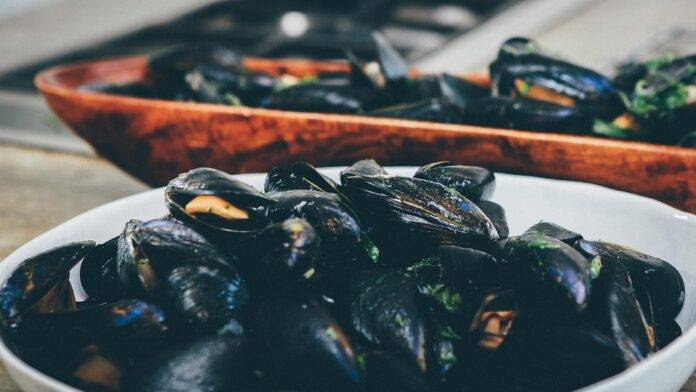The Current State of the Mussel Industry
The mussel industry is a significant player in the seafood market, with global consumption on the rise. Mussels are a popular choice for consumers due to their high nutritional value, sustainability, and delicious taste. Currently, the mussel industry is valued at over $1 billion globally, with major producers including New Zealand, China, and Spain.
Market Trends
In recent years, there has been a growing trend towards sustainable and environmentally friendly seafood options. Mussels are known for their low environmental impact, as they require minimal feed and have a high filtration capacity, which can help improve water quality in aquaculture areas. This has led to an increase in demand for mussels from environmentally conscious consumers.
Technological Advancements
Advancements in aquaculture technology have also played a significant role in the growth of the mussel industry. Innovations such as automated feeding systems, monitoring devices, and genetic improvement programs have helped increase efficiency and productivity in mussel farming operations. These technological advancements have the potential to further drive growth in the industry over the next decade.
Predictions for the Next Decade
1. Increased Demand for Mussels
One of the key predictions for the mussel industry over the next decade is a continued increase in demand for mussels. As consumers become more health-conscious and environmentally aware, the popularity of mussels is expected to grow. This trend is likely to be driven by the nutritional benefits of mussels, as well as their sustainability and low environmental impact.
2. Expansion of Aquaculture Operations
In response to the growing demand for mussels, aquaculture operations are expected to expand significantly over the next decade. This expansion may involve the development of new farming sites, the adoption of advanced technologies, and the implementation of sustainable practices to meet the increasing demand for mussels while minimizing environmental impact.
3. Market Diversification
Another prediction for the mussel industry is the diversification of markets and products. As demand for mussels grows, producers may explore new market opportunities, such as value-added products like mussel-based snacks or ready-to-eat meals. Additionally, producers may target new geographical markets to expand their customer base and increase sales.
4. Regulatory Changes
Regulatory changes are also expected to impact the mussel industry over the next decade. Governments and industry organizations may introduce new regulations to ensure the sustainable management of mussel farming operations and protect marine ecosystems. Producers will need to adapt to these changes to remain competitive and compliant with industry standards.
Conclusion
Overall, the future of the mussel industry looks promising, with continued growth and opportunities for innovation. By focusing on sustainability, technological advancements, and market diversification, the industry is well-positioned to meet the increasing demand for mussels and contribute to the global seafood market. As the industry evolves over the next decade, stakeholders will need to adapt to changing market conditions and regulatory requirements to ensure long-term success.



